Summary
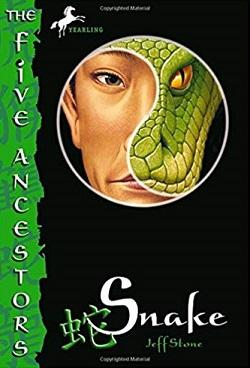
Snake (Five Ancestors 3)
by Jeff Stone
Twelve-year-old Seh is a snake-style master and a keeper of secrets. Close-lipped and ever-watchful, he has used his highly attuned senses to collect information about his brothers, his temple, and even Grandmaster. Now, with the temple and Grandmaster gone, Seh sheds his orange robe like an old skin, joins a bandit gang, and meets a mysterious woman whose name means Cobra—all the while trying to stay one step ahead of vengeful Ying!
From the Hardcover edition.
.
Read
Snake (Five Ancestors 3) on http://kissnovel.net
Martial Peak Reviews
In Snake (Five Ancestors 3), Jeff Stone continues to weave a rich tapestry of adventure, martial arts, and self-discovery that captivates readers from the very first page. This third installment in the Five Ancestors series focuses on Seh, a twelve-year-old boy who has mastered the snake style of kung fu. Stone's ability to blend action with deeper themes of identity, loyalty, and the quest for belonging makes this book a compelling read for middle-grade audiences and beyond.
Seh is a fascinating character, marked by his introspective nature and keen observational skills. Unlike his brothers, who each embody different animal styles and personalities, Seh is more reserved and secretive. His journey begins in the aftermath of the destruction of his temple and the loss of his Grandmaster, which serves as a catalyst for his transformation. The shedding of his orange robe symbolizes not just a physical change but a deeper metamorphosis as he steps into a world filled with uncertainty and danger. This theme of transformation is prevalent throughout the book, as Seh learns to navigate his new reality while grappling with his identity and the secrets he holds.
One of the most striking aspects of Snake is the way Stone portrays the complexities of Seh's relationships with his brothers. Each character is distinct, representing different facets of their shared upbringing and training. The dynamics between them are fraught with tension, particularly as Seh finds himself at odds with Ying, a vengeful figure from their past. This conflict adds depth to the narrative, illustrating how familial bonds can be both a source of strength and a burden. Stone expertly captures the nuances of sibling rivalry and loyalty, making the emotional stakes feel real and relatable.
As Seh joins a bandit gang, the story takes on a darker tone, exploring themes of survival and moral ambiguity. The introduction of the mysterious woman named Cobra adds an intriguing layer to the plot. She serves as both a mentor and a potential threat, challenging Seh to confront his beliefs and the choices he makes. Their relationship is complex, filled with tension and unspoken truths, which keeps readers engaged and guessing about her true intentions. Stone's ability to create multifaceted characters is commendable, as it allows for a richer narrative that goes beyond simple good versus evil tropes.
The pacing of the book is brisk, with action sequences that are both thrilling and well-crafted. Stone's background in martial arts shines through in these scenes, as he vividly describes the fluidity and grace of the snake style. Readers can almost feel the tension in the air as Seh faces off against various adversaries, each encounter serving as a test of his skills and resolve. However, the action never overshadows the emotional core of the story; instead, it complements Seh's internal struggles, making his victories all the more meaningful.
Another notable theme in Snake is the exploration of secrets and the burden they carry. Seh's ability to keep secrets is both a gift and a curse, as it isolates him from those around him. This theme resonates deeply, particularly in a world where communication and trust are paramount. Stone raises important questions about the nature of truth and the consequences of withholding information. As Seh navigates his new life, he must decide what to reveal and what to keep hidden, a dilemma that many young readers can relate to.
Visually, the book is enhanced by illustrations that complement the text, bringing the action and characters to life. These illustrations serve as a perfect accompaniment to the narrative, helping to immerse readers in the world Stone has created. The combination of text and visuals makes Snake an engaging read, particularly for younger audiences who may be drawn to the dynamic storytelling style.
In comparison to other middle-grade adventure series, such as The Last Kids on Earth by Max Brallier or The 39 Clues series, Snake stands out for its unique blend of martial arts and philosophical undertones. While both of those series offer action and humor, Stone's work delves deeper into the emotional and psychological aspects of growing up. The themes of identity and belonging are universal, making this book not just an adventure story but a poignant exploration of the challenges faced by young people.
Overall, Snake (Five Ancestors 3) is a masterful continuation of Jeff Stone's series that combines action, character development, and thought-provoking themes. Seh's journey is one of self-discovery, marked by trials that test his skills and his understanding of what it means to be part of a family. Stone's writing is engaging and accessible, making it an excellent choice for young readers seeking adventure with depth. As the story unfolds, readers are left eagerly anticipating what lies ahead for Seh and his brothers, making this book a worthy addition to any middle-grade library.




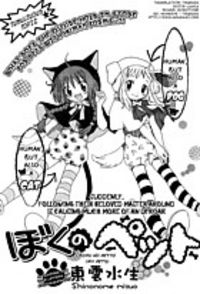
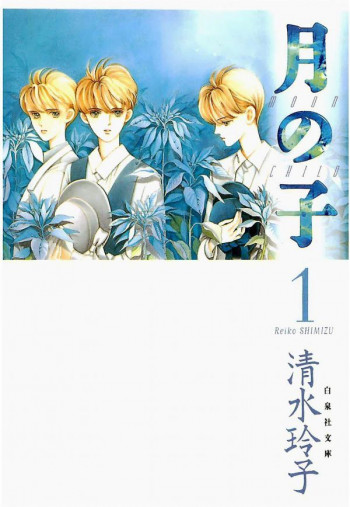

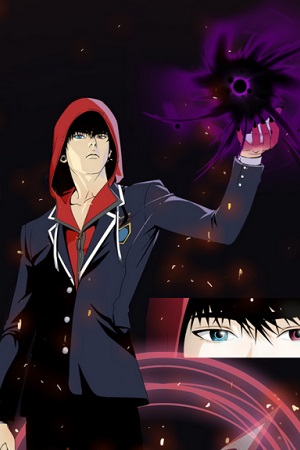
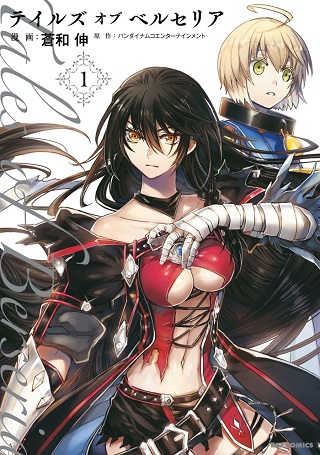
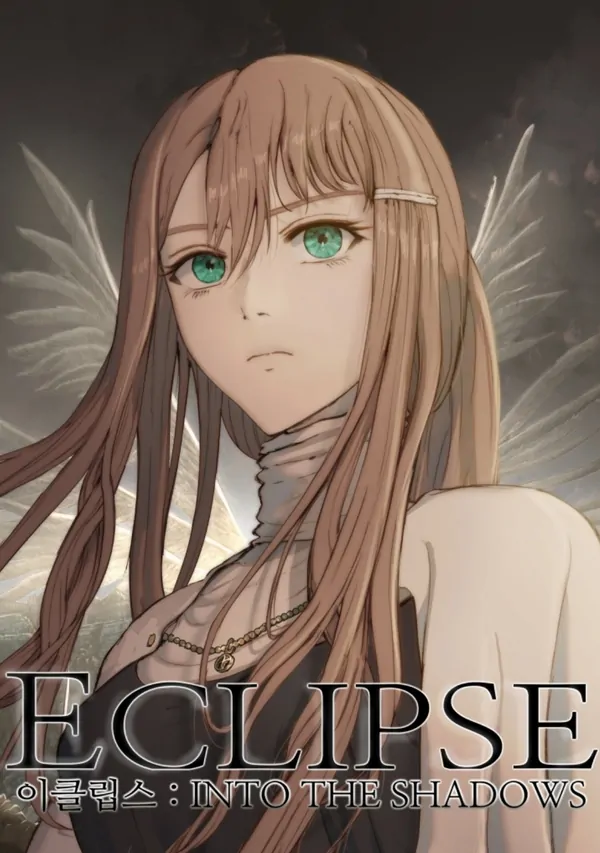














Reviews 0
Post a Reviews: